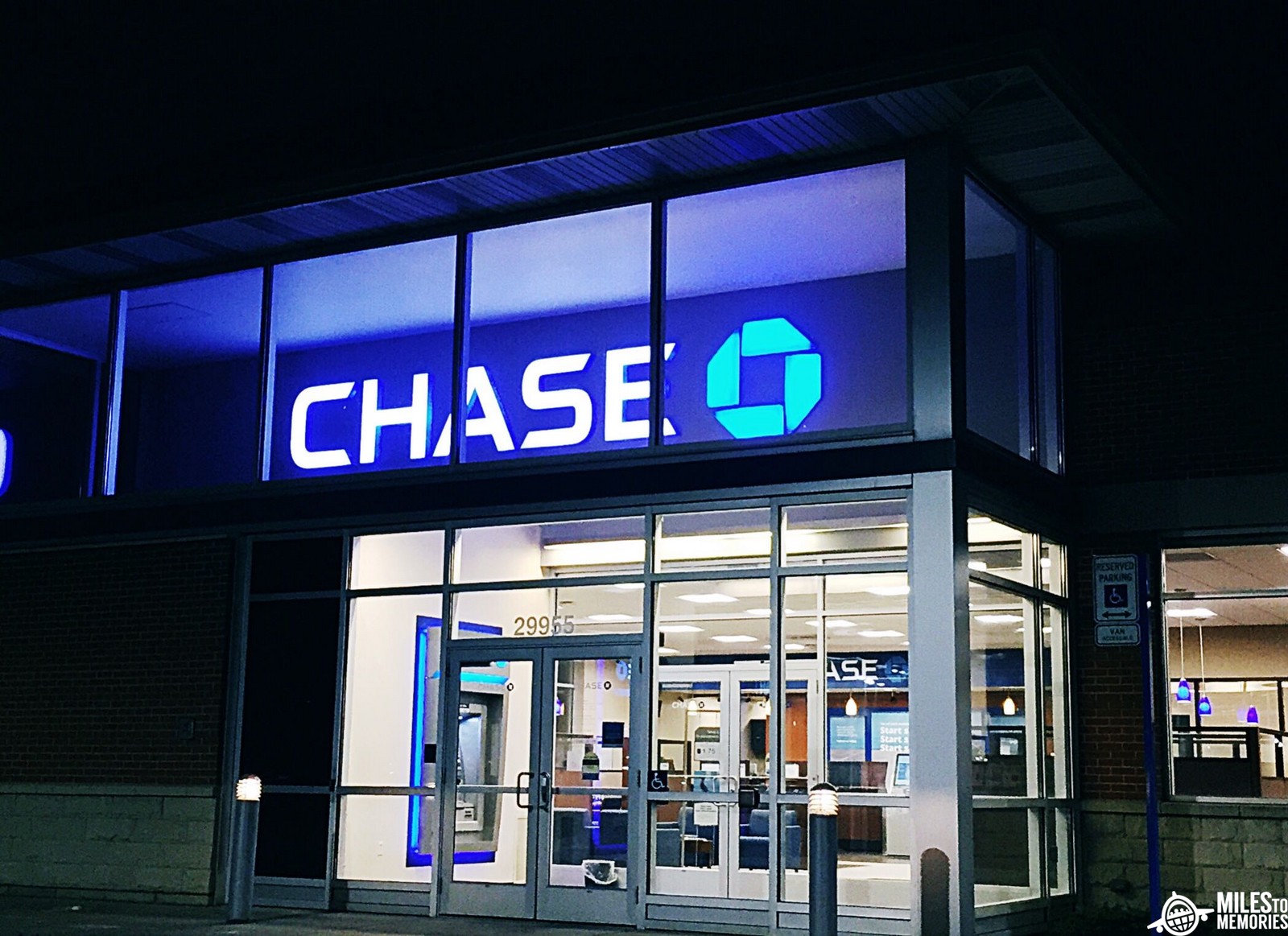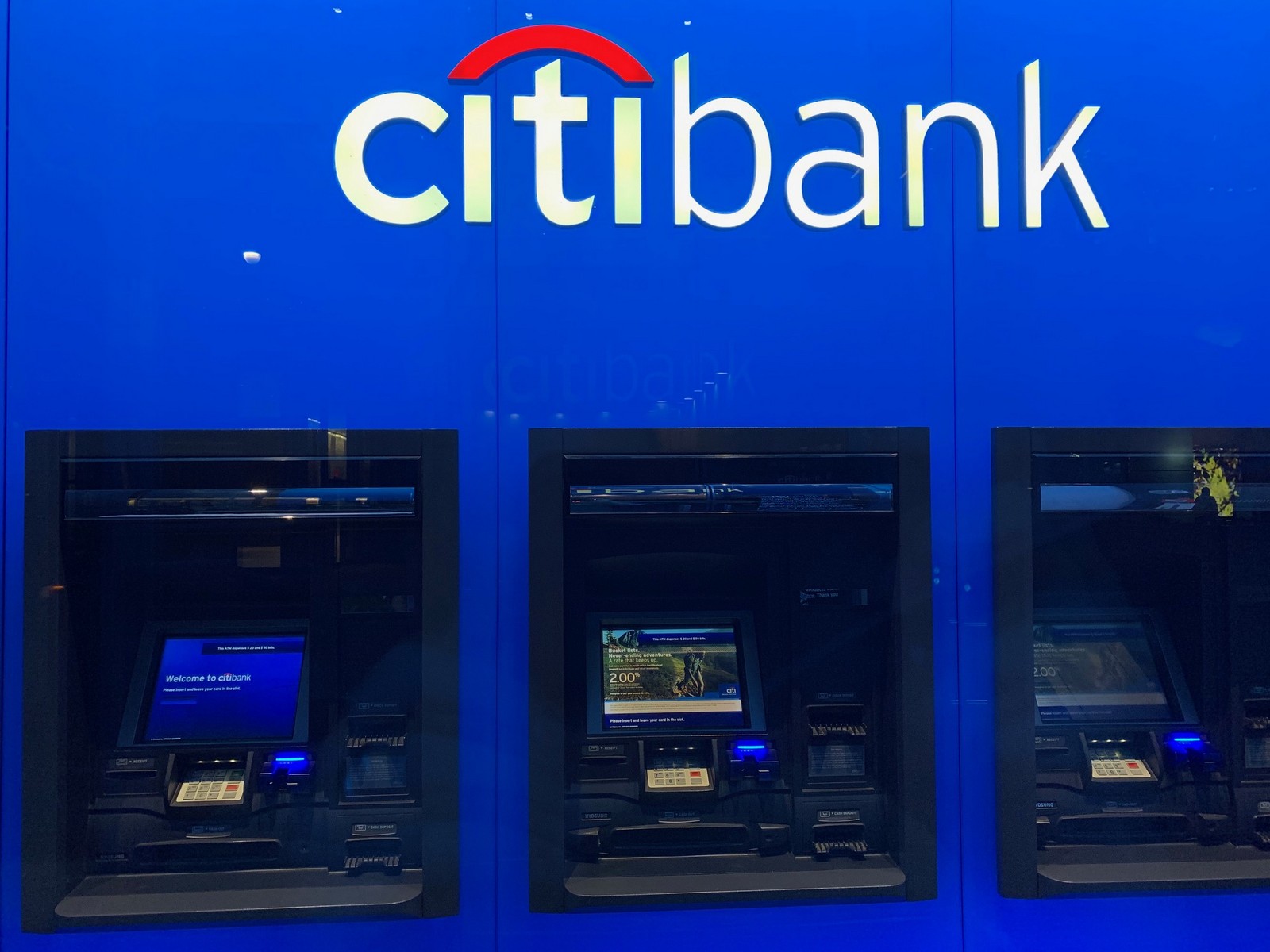Which Credit Cards Offer Purchase Protection? A 2020 Review.
Wondering which credit cards offer purchase protection these days to cover your valuable purchases? Our 2020 review covers what purchase protection is, plus the cards that offer it. We’ll also look at how to claim this benefit, when the time comes.
What Is Purchase Protection?
While not all policies are the same, purchase protection basically protects items you buy with that credit card in case of theft, accidental damage, and sometimes even against loss. Each credit card issuer has different policies. Here are the variables you’ll want to consider:
- What is / isn’t covered?
- How long does the coverage last?
- What is the maximum value of coverage?
- Is the item covered with partial payment on this card or only after full payment?
- How does the coverage work — repair the item, replace the item, or refund me?
Every credit card has its own fine print. The details to answer these questions regarding each specific credit card will be in there. That fine print will also tell you how to claim the benefit, whenever you might needed.
These Credit Cards Offer Purchase Protection
Off the bat, the fast answer is that Discover cards don’t offer this benefit at all. Most American Express, Visa, and Mastercard credit cards offer some type of purchase protection. The differences in answering the questions above make some cards better than others.

American Express
While policies vary by card, American Express basically has 2 divisions of cards regarding purchase protection. For all American Express cards, you must file a claim within 30 days of the incident.
Most Cards
Most American Express cards fall into this category. Here are the coverage limits.
- Incidents covered: accidental damage or theft
- Length of coverage: 120 days from purchase in most states. 90 days in NY, IN, Guam, Puerto Rico & Northern Mariana Islands territories.
- Maximum value: $1,000 per incident and $50,000 per year on an account. Note: $500 per incident limit if related to natural disasters.
- Full payment from this card required: no
3 Exceptions
3 cards fall into this category: the Platinum Card, American Express Gold Card, and the Delta SkyMiles Reserve card. Their coverage rules are slightly different.
- Incidents covered: accidental damage, theft, and lost items
- Length of coverage: 120 days from purchase in most states. 90 days in NY, IN, Guam, Puerto Rico & Northern Mariana Islands territories.
- Maximum value: $10,000 per incident and $50,000 per year on an account. Note: $500 per incident limit if related to natural disasters.
- Full payment from this card required: no
Chase Credit Cards
Policies vary on some cards, but the rules on most cards are quite similar. This also includes co-branded cards. Cards such as the Sapphire Preferred, Chase Freedom, World of Hyatt, and United Explorer card are all covered. You must file a claim within 90 days of the incident to be covered.
- Incidents covered: accidental damage and theft
- Length of coverage: 120 days from purchase
- Maximum value: $500 per incident and $50,000 per year on an account. Note: the Sapphire Reserve has a $10,000 per incident limit.
- Full payment from this card required: no
Citi Credit Cards
While Citi previously axed a lot of their cards’ benefits, purchase protection wasn’t one of them. Policies again have nuances between cards. The ranges in protection amounts per incident are massive.
- Incidents covered: accidental damage and theft, rarely for lost items
- Length of coverage: 90 days from purchase
- Maximum value: from $1,000 to $10,000 per incident and $50,000 per year on an account.
- Full payment from this card required: no
Mastercard Credit Cards
Mastercard has several tiers within their credit card offerings. World Mastercards typically don’t offer purchase protection. Here, we’ll look at the 2 tiers that do.
World Elite Mastercards
This covers cards such as the Barclaycard Arrival Plus World Elite Mastercard, Citi Prestige, Citi Premier, and Citi AAdvantage Executive World Elite Mastercard to name a few. Here are the benefits associate with World Elite Mastercards, though it can vary by actual issuer / financial institution:
- Incidents covered: accidental damage and theft
- Length of coverage: 120 days from purchase
- Maximum value: $3,000 per incident and $20,000 per year on an account.
- Full payment from this card required: no
Platinum Mastercards
A step below the World Elite Mastercards, Platinum Mastercards offer reduced dollar amounts in coverage.
- Incidents covered: accidental damage and theft
- Length of coverage: 120 days from purchase
- Maximum value: $2,000 per incident and $5,000 per year on an account.
- Full payment from this card required: no

Visa Credit Cards
Numerous banks issue Visa credit cards. Within Visa, 2 different tiers offer purchase protection. With either tier, you must file a claim within 60 days of the incident you’re seeking coverage for.
Visa Signature
Visa Signature cards offer the following coverage:
- Incidents covered: accidental damage and theft
- Length of coverage: 90 days from purchase
- Maximum value: $500 per incident and $50,000 ceiling (not per year)
- Full payment from this card required: yes
Visa Infinite
Visa Infinite cards offer the following coverage:
- Incidents covered: accidental damage and theft
- Length of coverage: 90 days from purchase
- Maximum value: $10,000 per incident and $50,000 ceiling (not per year)
- Full payment from this card required: yes
- How the coverage works: file a claim within 60 days of the incident
Who Is Covered?
Both primary cardholders and authorized users are covered (as long as it’s the same card type and not a downgraded version). Coverage applies to U.S. residents. Coverage also extends to gifts bought on the card but given to someone else. Items purchased through your card’s reward points are also covered.
What About Insurance?
If there’s an insurance policy relevant to the event, you may be required to use it first. Though credit cards offer purchase protection, this coverage usually is secondary. If your homeowner’s, renter’s, or auto insurance policies apply, expect your credit card issuer to ask you to resolve that first.
What’s NOT Covered?
Don’t make purchases expecting everything to be covered. That surprise, when trying to invoke purchase protection, would be a bad one. These items typically are not covered:
- Animals, plants, other living items
- Antiques or collectors’ items, including rare coins, stamps, etc.
- Cash-equivalent items, such as gift cards, traveler’s checks, cash advances, or tickets
- Computer software
- Cosmetics, including perfumes
- Items purchased for resale
- Items that perish easily
- Jewelry in checked baggage
- Limited life items, such as rechargeable batteries
- Medical equipment
- Motorized vehicles, such as cars, boats, planes, etc. PLUS their accessories and trailers for them
- Rented / leased items
- Some heavy appliances, such as refrigerators, a/c units, heaters
- Used items
Additionally, some types of damages or losses are not covered:
- Abuse
- Failure to properly protect the item
- Fraud
- Items lost or damaged during illegal behavior
- Normal wear & tear
- Product defects covered by the manufacturer
How to Make a Purchase Protection Claim
Enrollment isn’t necessary. If your credit card offers purchase protection, it’s automatically a part of the card’s benefits and covers items purchased with the card. First, if an item was stolen, you’ll need to file a police report.
Next, call the phone number on the back of your card or send a secure message to the issuer to start the claim process. You’ll typically be asked to submit the following:
- Original purchase receipt
- Billing statement showing the purchase
- Description and/or photos of the item
- Statement from the owner, if you gave the item as a gift to someone else
- Plus any forms/paperwork the bank asks you to fill out
It’s also important to keep the item, if it’s in your possession. You may be asked to send in damaged items for inspection. The claim representative also may ask for additional pictures. Don’t get rid of the item before completing the claims process.
Final Thoughts on Purchase Protection
I easily get caught up in the exciting aspects of points & miles. Free flights and free hotel nights in cool new places are much more thrilling than examining credit card benefits most days. However, this is an automatic perk built into numerous credit cards you probably have already. This perk can save hundreds or thousands of dollars in case of loss, breakage, or theft. Lots of credit cards offer purchase protection in 2020. Make sure to read the fine print in advance, so there are no surprises whenever something bad happens to your purchases.
Looking for other perks? See articles on credit cards offering the following benefits:








Slight correction: Chase purchase protection does not cover lost items, only stolen or damaged items. I found this out when I lost my AirPods while traveling in Spain. American Express Platinum explicitly covers loss as well as other reasons. I told the Chase rep that I think someone *might* have stolen them, but that wasn’t good enough.
Thanks for 2nd set of eyes.